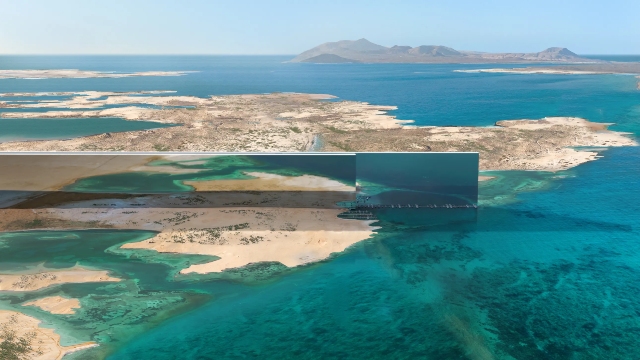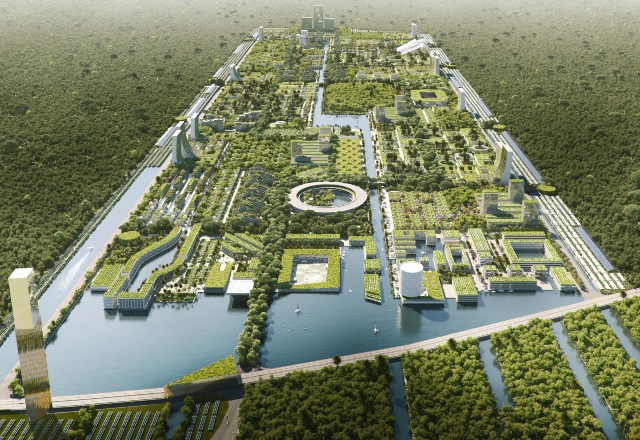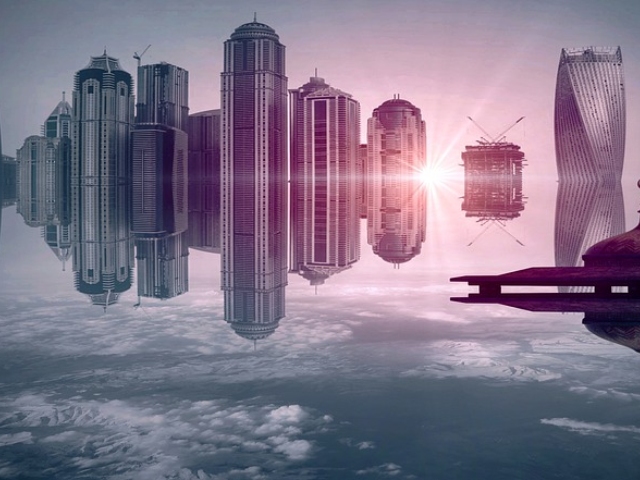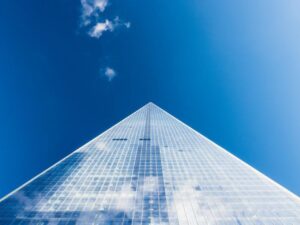[imagesource: Max Pixel]
We’re pretty much living in the future of our imaginations right now.
Flying cars have become a thing, Artificial Intelligent technology is ruling the internet roost, and robots are taking on more human-like qualities.
But perhaps the idea of living in a futuristic city is the most exciting prospect.
We’ve been given hints of what a city in the future (although that future is now) might look like based on utopian (and dystopian) novels, movies, and TV shows, but now designers and architects are actually setting out to build them.
Not the dystopian ones, though, the heavens forbid.
Design firms have been unveiling plans for wholly reimagined metropolitan areas, from floating cities to those in outer space, from those with integrated sustainable infrastructure and smart technology to those with things that haven’t even been invented yet.
Architectural Digest rounded up some of the cooler proposals for futuristic cities, some of which are even under construction.
Starting with The Line in Saudi Arabia, a 160-kilometre-long linear city with a completely mirrored facade to reflect the desert back onto itself:

With the intention to invest between $100–$200 billion into this project, the plan is to eliminate the need for cars and carbon emissions by implementing high-speed autonomous transit.
Gizmodo noted that construction has already begun for The Line and is expected to be done and dusted by 2030.
When it comes to the threat on coastal communities battling rising sea levels and other climate-change-induced difficulties, Oceanix Busan in South Korea offers a solution:

The city will be built from biorock, a self-sustaining and self-repairing material, and serves as a model for others in the future:
Though floating-city proposals are increasingly common these days, Oceanix Busan may be the first one to actually reach completion. Oceanix hired Bjarke Ingels Group and SAMOO to design the city, and Busan soon signed on to help build the first prototype, which was delivered to the UN in April of 2022.
Then there’s the plan for Smart Forest City, a smart city near Cancún, which was proposed by Stefano Boeri, an Italian architect in 2019:
The proposed metropolis would contain 7.5 million plants and is based on the area’s Mayan heritage and the culture’s relationship with the natural world.

“Thanks to the new public parks and private gardens, thanks to the green roofs and to the green facades, the areas actually occupied will be given back by nature through a perfect balance between the amount of green areas and building footprint,” the firm told Dezeen.
Don’t forget that highly-idealistic plan to build the Baobab Luxury Safari Resort in Africa, a proposal from Mask Architects, an Italian design firm wanting to make airy, design-savvy, eco-conscious treehouse lodges set amid the lush South African forest.
Naturally, there is more where this all came from.
Based on what you’ve seen so far, which one would you move to?
[source:architecturaldigest]





